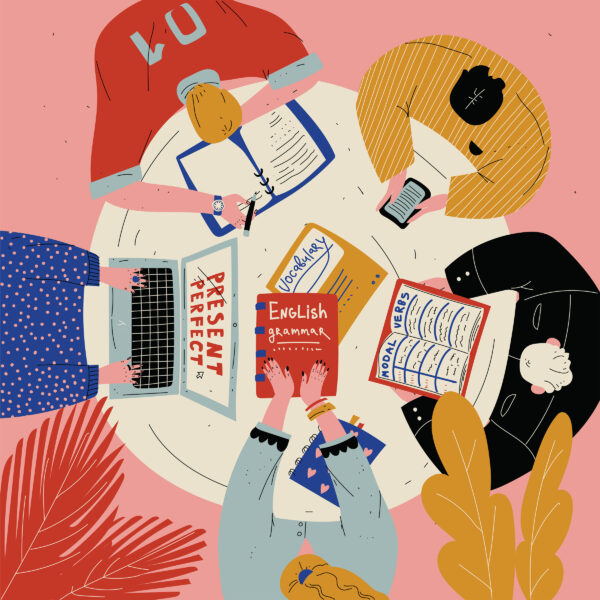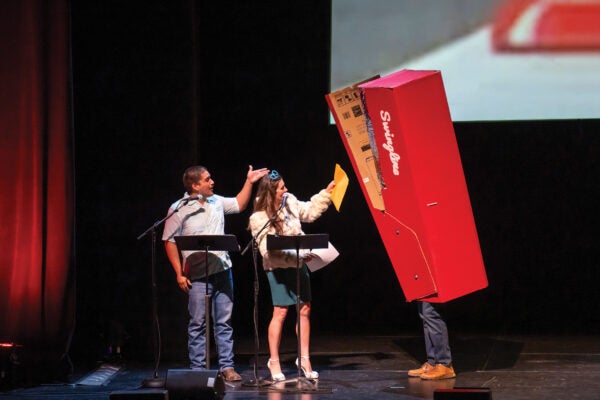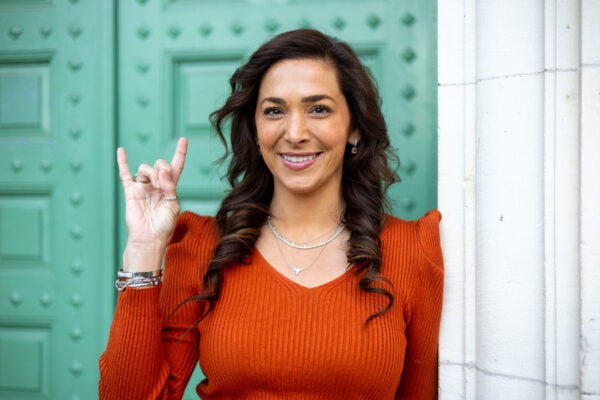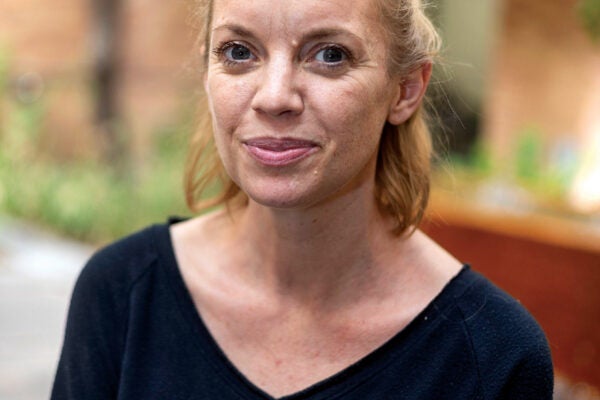The creation of a disability cultural center was a collective passion project. In 2021, a group of students, faculty members and staffers began dreaming about what such a center would look like on campus. They wanted to go beyond UT’s Disability and Access, which facilitates accommodations in a more transactional way, and make a place where they could connect, celebrate and advocate for people with disabilities. Cole Glosser, after graduating from UT in 2022, became the alternative financing coordinator with the Texas Technology Access Program at the Texas Center for Disability Studies. He and other members of the Disability Cultural Center Advisory Committee are creating more occasions for connection and camaraderie for more students and staff members, as well as a place to just relax and unwind.
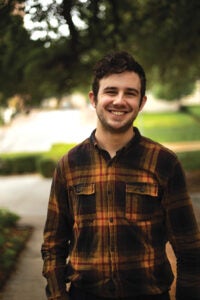
“(I’ve always wanted) to be able to have a physical space, like a safe haven for disabled students to relax and build community with one another,” Glosser says. “It can be kind of isolating to seem like one of the very few disabled people in their class or in the large community. It’s not always very easy to find each other.”
After surveying nearly 1,000 students and receiving an overwhelmingly positive response about their interest in a Disability Cultural Center (DCC), the organizers received support from Student Affairs and the Division of Diversity and Community Engagement. The group then secured a year and a half’s worth of funding to hire a director who could get the center off the ground. In fall 2022, Emily Shryock came on board, and she became the founding director in January 2023.
It’s been very exciting to see the grassroots support but also the support from the administration.
Being able to evolve from a dream to one of 12 disability cultural centers in the country and the first in Texas in just short of two years is a source of pride for Shryock.
“It’s been a journey,” she says. “It’s been very exciting to see the grassroots support but also the support from the administration, … recognizing that this is a need on campus and being willing to invest in making that a priority and a reality.”
Shryock, who is the former director of campus collaborations and access in Disability and Access, began her work in the field when she started an internship in a disability services office after acquiring a visible disability in college. She began using a wheelchair because of a progressive chronic illness and was thrust into a new situation. While the campus provided physical support through ramps and accessible entrances, Shryock felt her experience lacked social connections and resources. Like Glosser, she found community outside of her classes when she joined an adaptive sports program that helped her learn how to navigate life as a wheelchair user.
When she started at UT Austin 12 years ago, Shryock made it her goal to ensure that students have access to a full college experience — physically and emotionally. During her time as a master’s degree student at UT, she would have to continually and awkwardly ask professors to collect completed assignments from her accessible desk. She had to leave buildings by herself through the sequestered, accessible entrances. She never really had a sense of belonging at the university and felt the same loneliness and discomfort that still plagues many disabled students today.
“The accommodations and services piece of it is still absolutely necessary and important,” Shryock says. “But I’m really excited to be able to turn more of my focus into the identity, into the disability culture.”
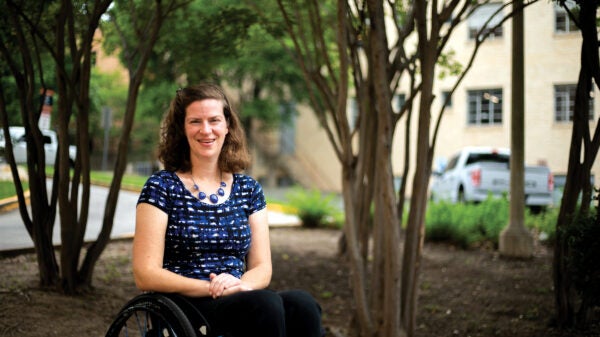
Connections are a key component of the center and extend beyond students. The center strives to be a place for friends and allies to learn about what it’s like to live with a disability. It also offers a space where disabled students and staffers with different outlooks and expertise can meet one another and discuss the center’s growth and goals.
The center has already begun this work with sensory-friendly study sessions, mixers with students and staff members, and even adaptive sports nights.
“Having that connection, having those role models to discuss disability … and knowing who is there and who’s interacting with the DCC from a faculty standpoint, I think is really crucial,” Glosser says. “As disabled young people, we don’t think we have a lot of representation when it comes to the folks working at the university. I think the DCC will help to uncover that there is a lot more faculty as well as disabled staff than the students might be previously aware of.”
After operating out of the Division of Diversity and Community Engagement since its launch, the center hopes to secure a designated physical space, secure further funding, host more events and, most importantly, continue to cultivate a space for everyone on campus to feel welcomed, celebrated and seen.
“I think a disability cultural center provides a space to say (disability) is important on our campus; this is valued and recognized as a part of our campus community,” Shryock says. “For students, faculty and staff to be able to have a place that recognizes their identity beyond just accommodations and services is an important message and hopefully will shift some of the conversations that we’re having and be able to help folks feel like they are not alone in this experience.”
